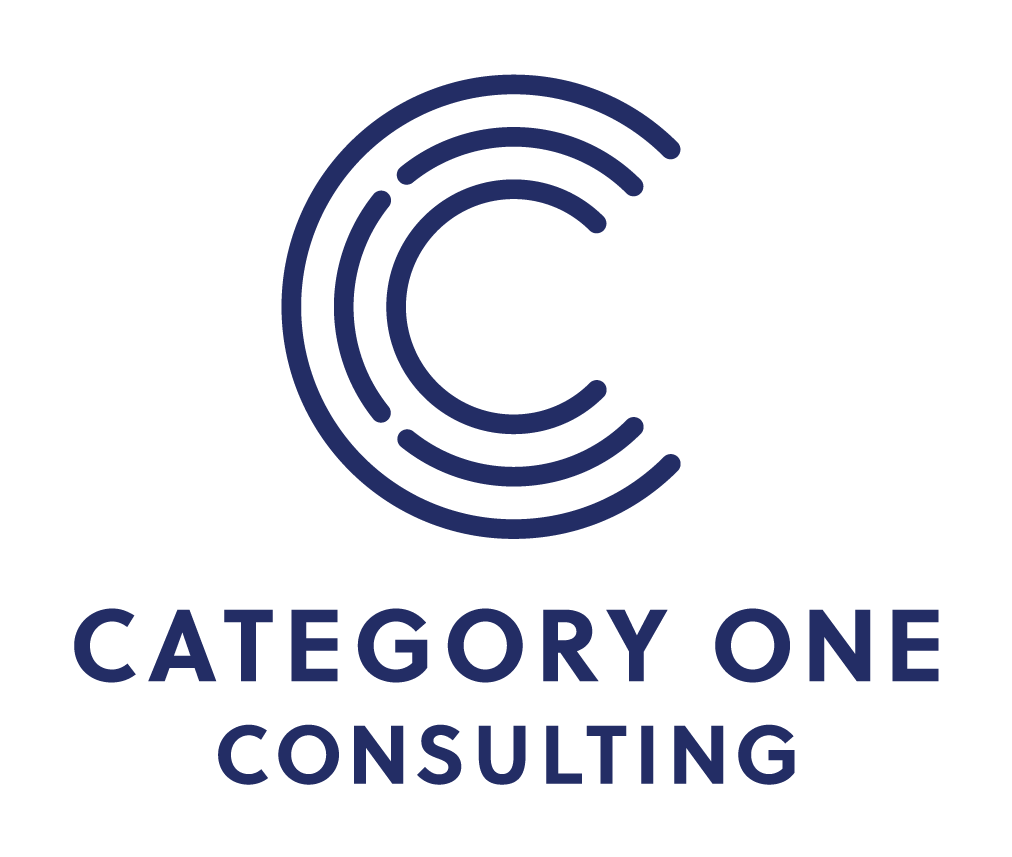Three Critical Things Your Small Business or Nonprofit Might Not Have that it Should
Organizations are full of people with different personalities, preferences, skills, and motivators. Because of this it can be a great challenge for leaders to align people’s goals to the goals of the organization, ensure they communicate and collaborate well with each other, and get everyone on the same page about how work gets done. To help with these challenges, we recommend that organizations put some important structures in place to help guide people’s behavior to ensure they are able to work together in an effective way. Accordingly, I’ve outlined a few things that we at C1C believe organizations should have in place to operate effectively.
We recommend that organizations put some important structures in place to help guide people’s behavior to ensure they are able to work together in an effective way.
Strategic plan. The purpose of strategic planning is to set the goals for your organization and develop a plan to achieve them. These plans should be focused on mid- to long-term goals and explain the basic steps needed to get there. When organizations do not have strategic plans they usually struggle to identify whether they are accomplishing what they set out to or find themselves hopping from activity to activity. Also, without a strategic plan, employees may struggle to see how their work ties back to the mission of the organization, which can negatively impact engagement and retention. At C1C, we help our clients develop strategic plans with goals, action steps, and key performance indicators to guide and inspire collaborative effort. To do this, we use an inclusive process that involves stakeholders and ensures they have buy-in to the strategic plan and what it’s going to take to accomplish it.
Communication plan. Many leaders report that their organizations struggle with effective communication. This can be a difficult problem to understand and solve as communication at work tends to be quite complex. In order to be effective, it must flow proactively across many different channels and reporting lines to ensure people feel in-the-know about decisions that affect them and that they have the information they need to do their jobs each day. Because of this, it is important for organizations to create a foundation that allows employees to communicate regularly and in a way that ensures important information is transferred. To do this, we recommend that organizations develop a communication plan which outlines the vital touchpoints needed in the organization and how and when each one should be conducted. These communication touchpoints can include everything from organization-wide townhalls to smaller team meetings to individual one-on-one conversations. At C1C, we start by getting to know your organization so that we can create a communication plan based on your specific structure, needs, and ways of working together.
Task guides. In the early stages of an organization, the responsibility and much of the knowledge for carrying out mission-critical procedures lie with the founder, leader, or a small team of individuals. While this small scale may be necessary at the beginning, it can quickly become a limitation as the organization grows. When important processes aren’t documented, organizations not only see drops in workflow efficiencies, but they also risk losing critical organizational knowledge when staff decide to exit the organization. Indeed, ensuring critical organizational processes are developed can help to offset some of the costs associated with employee turnover as the know-how stays within the organization. Additionally, having documented processes reduces the time to productivity for new hires during the onboarding process. We recommend creating task guides with simple, consistent formats that provide the critical information needed to complete recurring tasks and to ensure they are done with consistency and efficiency. At C1C, we help clients identify and prioritize the processes they need to document, write task guides outlining the what, how, and when, and then build buy-in for them in the organization.
If you’d like help implementing any of what I’ve talked about in this post (or anything workplace related) feel free to reach out!

